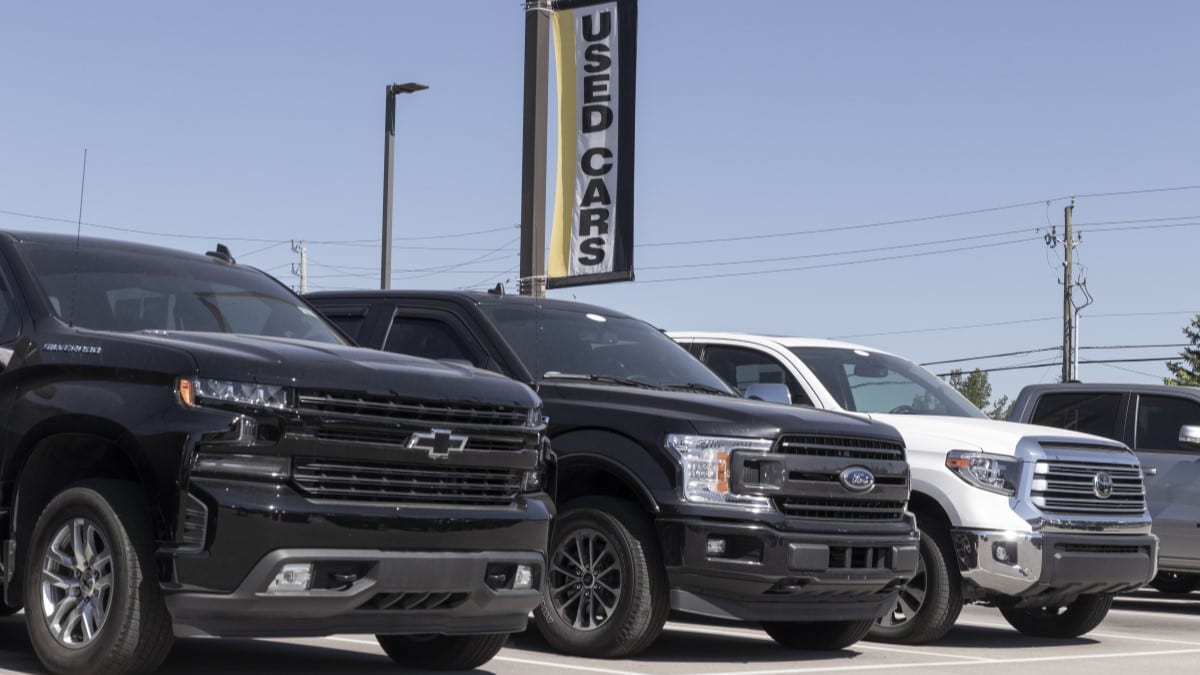The average used car was listed for $25,006 at the start of March—$122 less than a month ago. The change comes despite lower nationwide inventories, the beginning of a buying surge thanks to tax refunds, and the threat of tariffs that could push prices higher.
The data come from vAuto, a company that provides dealership management software. Kelley Blue Book and vAuto share an owner, Cox Automotive.
Related: Is Now the Time to Buy, Sell, or Trade-in a Car?
Supply Low, but Not Pushing Prices up Yet
As March opened, the total supply of used vehicles on dealer lots across the U.S. was 2.18 million units. That’s lower than the 2.23 million units at the start of February and down 1% from a year ago.
For the past three years, used-vehicle listing prices have consistently been lower than the previous year’s levels. While this trend has continued into 2025, prices are now the closest they have been to the previous year’s levels since 2023.
Tax Return Season Sending Many Shopping
More Americans are used car shopping. Sales increased 16% last month compared to January.
Tax refunds, a key driver of used-vehicle sales, averaged $3,453, up 7% year-over-year. While the used-vehicle sales pace typically increases from January to February with the influx of tax refunds, this year’s 16% increase is the most significant jump seen in recent years.
The least-expensive used cars remain the hardest to find. Dealers hold just 30 days’ worth of the older, higher-milage cars they sell for under $15,000—five days lower than the same time last year.
The top five sellers had an average listing price of $23,531, about 6% below the average for all vehicles. Once again, Ford, Chevrolet, Toyota, Honda, and Nissan were the top-selling brands, accounting for 51% of all used vehicles sold.








